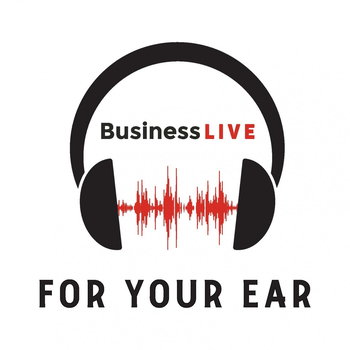
SHIRLEY DE VILLIERS: A Covid lightbulb moment
Loading player...
In the early 1920s, the average incandescent household lightbulb burned for about 1,500-2,000 hours. By 1925, it would burn for a markedly shorter 1,000 hours – the result of an astounding display of cross-continental corporate collusion.
The Phoebus Cartel – including luminaries such as Osram, Philips and General Electric – set out in 1924 to carve the world up into discrete spheres of operations. It also reversed the technological gains of the industry by reducing the lifespan of lightbulbs. It was a slick move, ensuring consumers would not just pay more for cartel members’ products, but be forced to do so more often.
(You can read the tale of Phoebus on engineering website IEEE Spectrum ( Relatedly, but far less gripping, is the live feed ( where you can watch the Centennial Light, a bulb that’s burned almost continuously since 1901.)
Phoebus’s efforts offer an early example of planned obsolescence – building redundancies into products to ensure repeat custom.
It’s good for business; less so for the consumer. Think, for example, of nonrefillable printer cartridges, glued-in smartphone batteries, or the infuriating fragility of Apple charger cables. It’s a practice that has also been charged with cranking up the consumerism that drives climate change, and promoting a throwaway, polluting culture.
There’s a similar trend in medical supplies, if Yale University professor of anaesthesiology and epidemiology Jodi Sherman is to be believed.
Speaking about the proliferation of personal protective equipment (PPE) as a result of the Covid pandemic, Sherman says that it was only in the 1980s that PPE – much of it plastic-based – became largely single-use products.
“The more stuff you throw away, the more you have to buy, so it’s an advantageous business model for things not to be durable,” she tells the Financial Times in this free-to-read article ( on the “pandemic waste crisis”.
It’s a growing concern, considering just how much PPE is required to fend off Covid-19. As the FT’s Anna Gross points out, the World Health Organisation in March projected a 40% a month increase in PPE demand (including for 89-million masks, 76-million pairs of gloves, 1.6-million pairs of goggles).
According to Chloe Way, writing for The Conversation (, 2.3-billion PPE items were distributed throughout England’s health and social services from February to July – the same as the whole of last year. And The Economist ( says that the disposable-mask market alone is expected ...
The Phoebus Cartel – including luminaries such as Osram, Philips and General Electric – set out in 1924 to carve the world up into discrete spheres of operations. It also reversed the technological gains of the industry by reducing the lifespan of lightbulbs. It was a slick move, ensuring consumers would not just pay more for cartel members’ products, but be forced to do so more often.
(You can read the tale of Phoebus on engineering website IEEE Spectrum ( Relatedly, but far less gripping, is the live feed ( where you can watch the Centennial Light, a bulb that’s burned almost continuously since 1901.)
Phoebus’s efforts offer an early example of planned obsolescence – building redundancies into products to ensure repeat custom.
It’s good for business; less so for the consumer. Think, for example, of nonrefillable printer cartridges, glued-in smartphone batteries, or the infuriating fragility of Apple charger cables. It’s a practice that has also been charged with cranking up the consumerism that drives climate change, and promoting a throwaway, polluting culture.
There’s a similar trend in medical supplies, if Yale University professor of anaesthesiology and epidemiology Jodi Sherman is to be believed.
Speaking about the proliferation of personal protective equipment (PPE) as a result of the Covid pandemic, Sherman says that it was only in the 1980s that PPE – much of it plastic-based – became largely single-use products.
“The more stuff you throw away, the more you have to buy, so it’s an advantageous business model for things not to be durable,” she tells the Financial Times in this free-to-read article ( on the “pandemic waste crisis”.
It’s a growing concern, considering just how much PPE is required to fend off Covid-19. As the FT’s Anna Gross points out, the World Health Organisation in March projected a 40% a month increase in PPE demand (including for 89-million masks, 76-million pairs of gloves, 1.6-million pairs of goggles).
According to Chloe Way, writing for The Conversation (, 2.3-billion PPE items were distributed throughout England’s health and social services from February to July – the same as the whole of last year. And The Economist ( says that the disposable-mask market alone is expected ...

